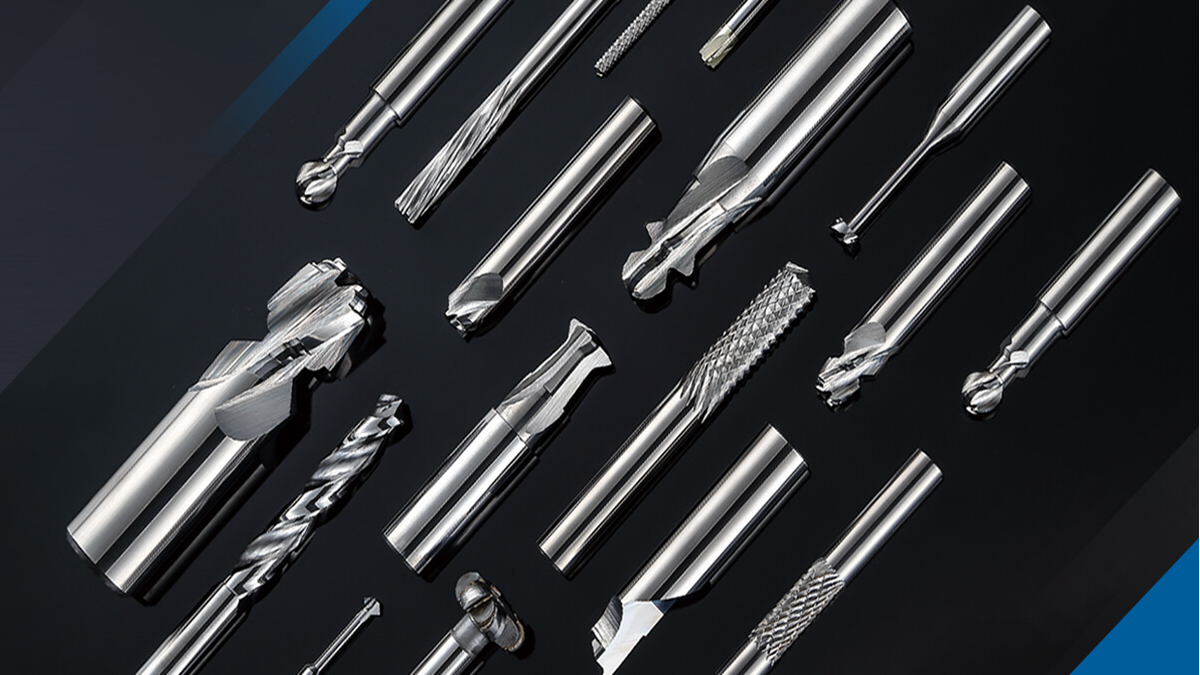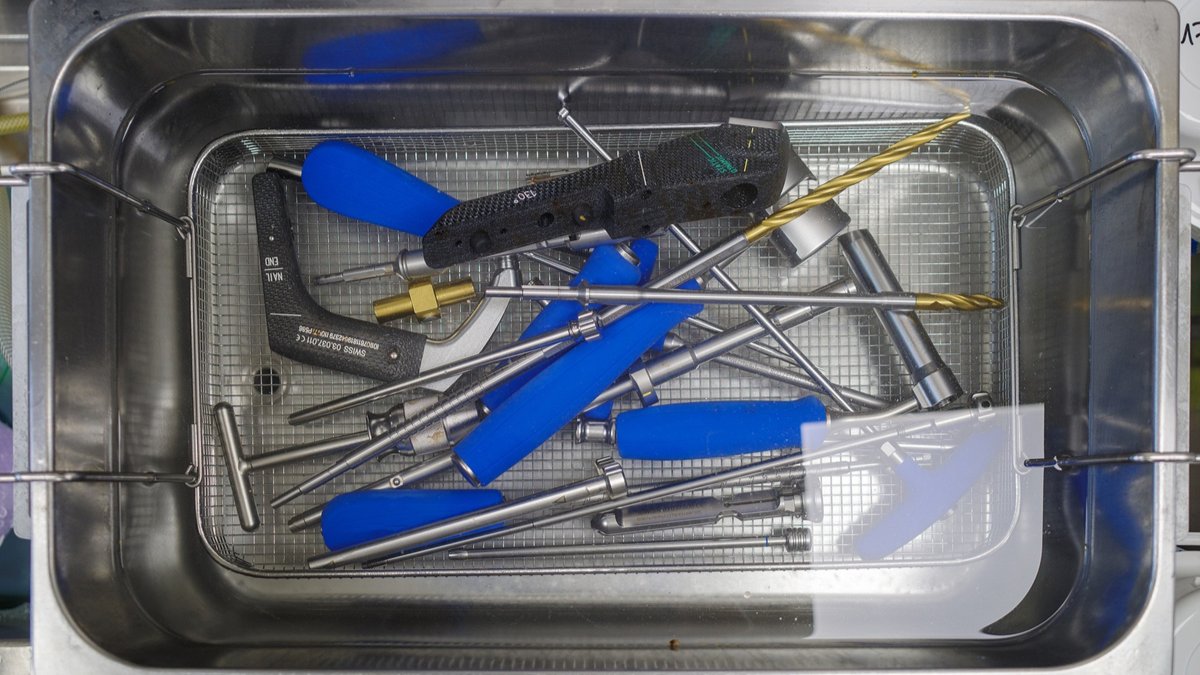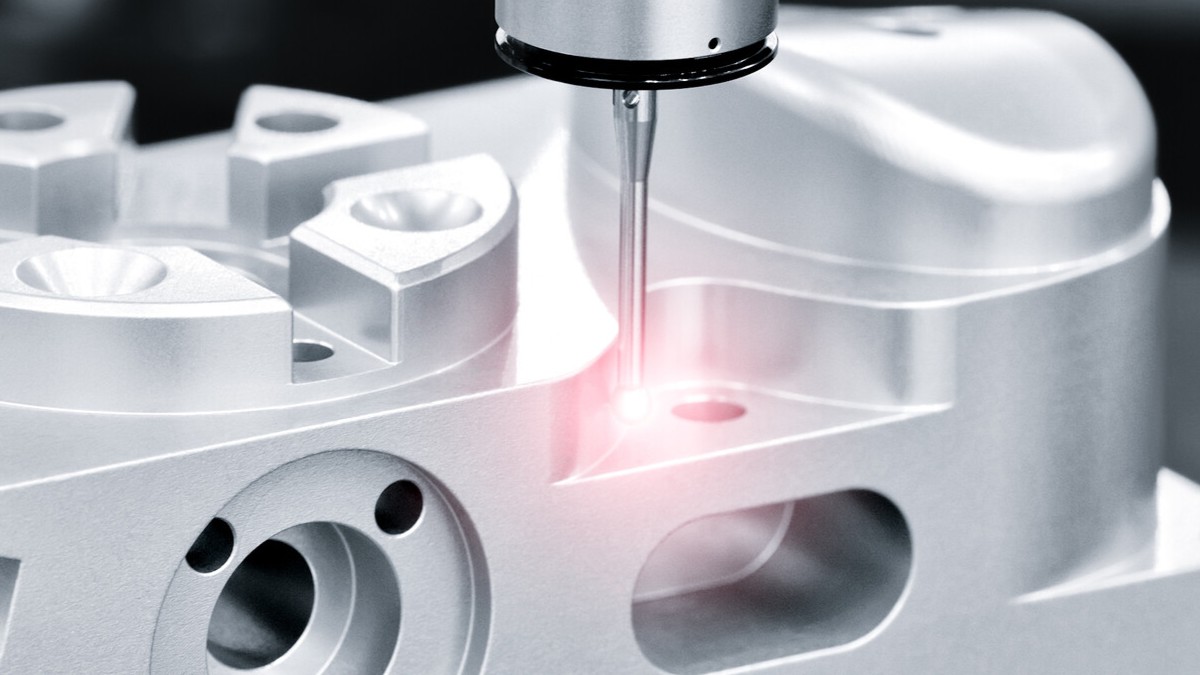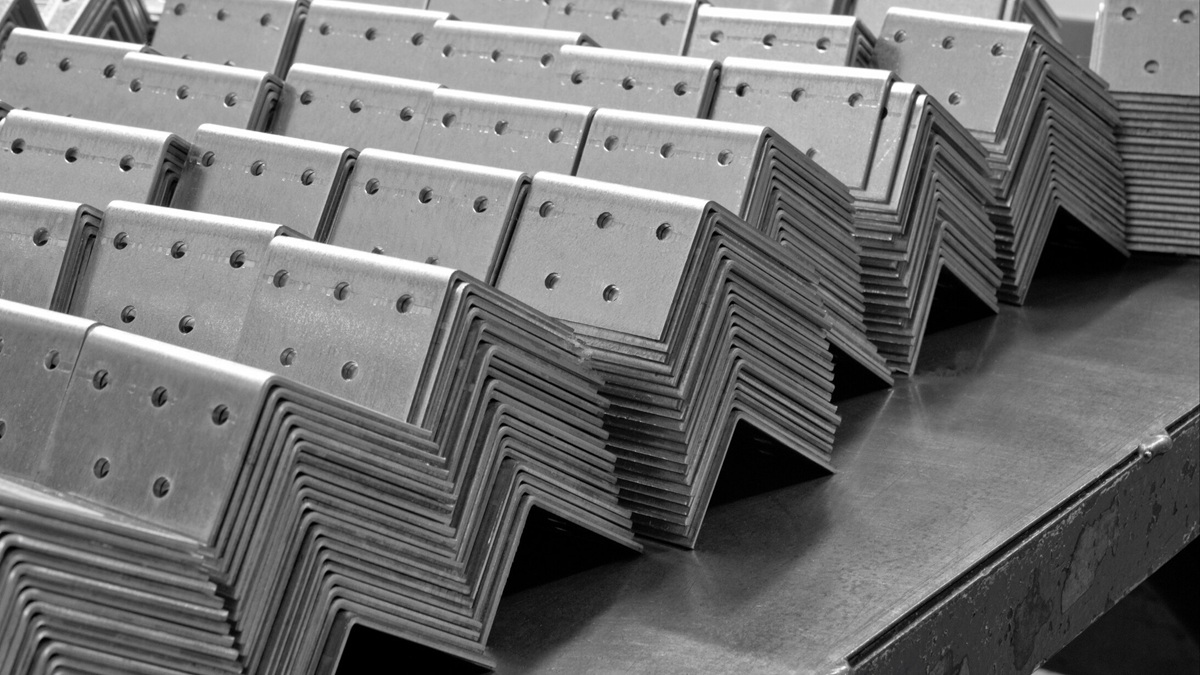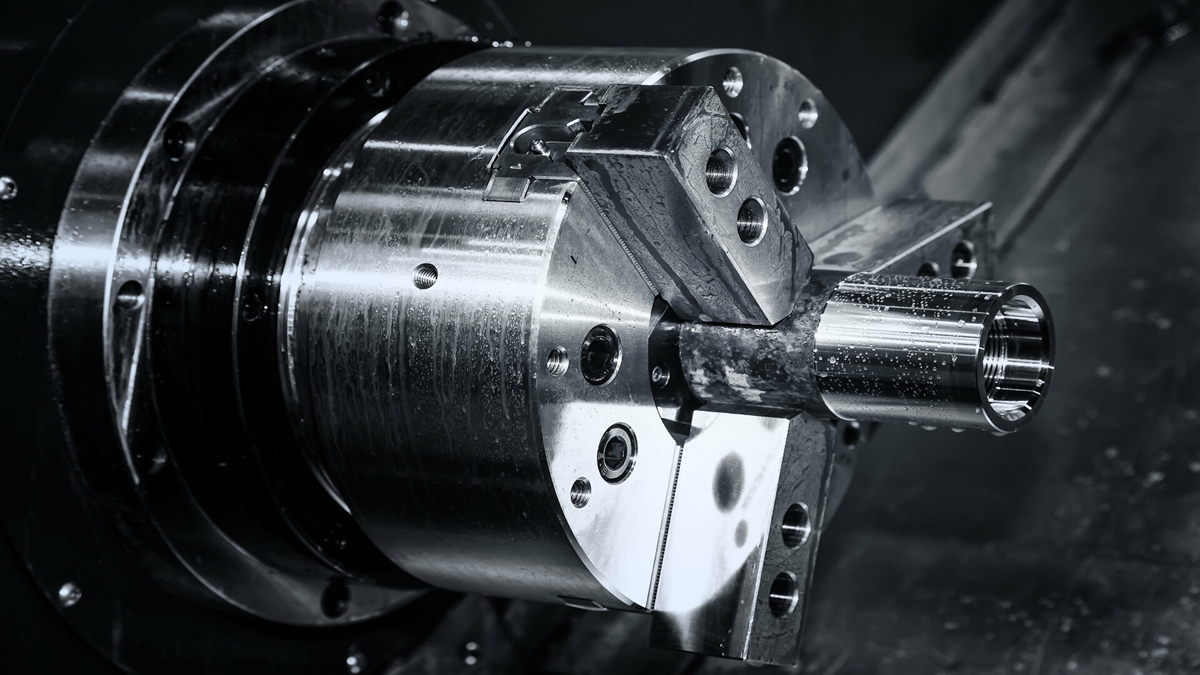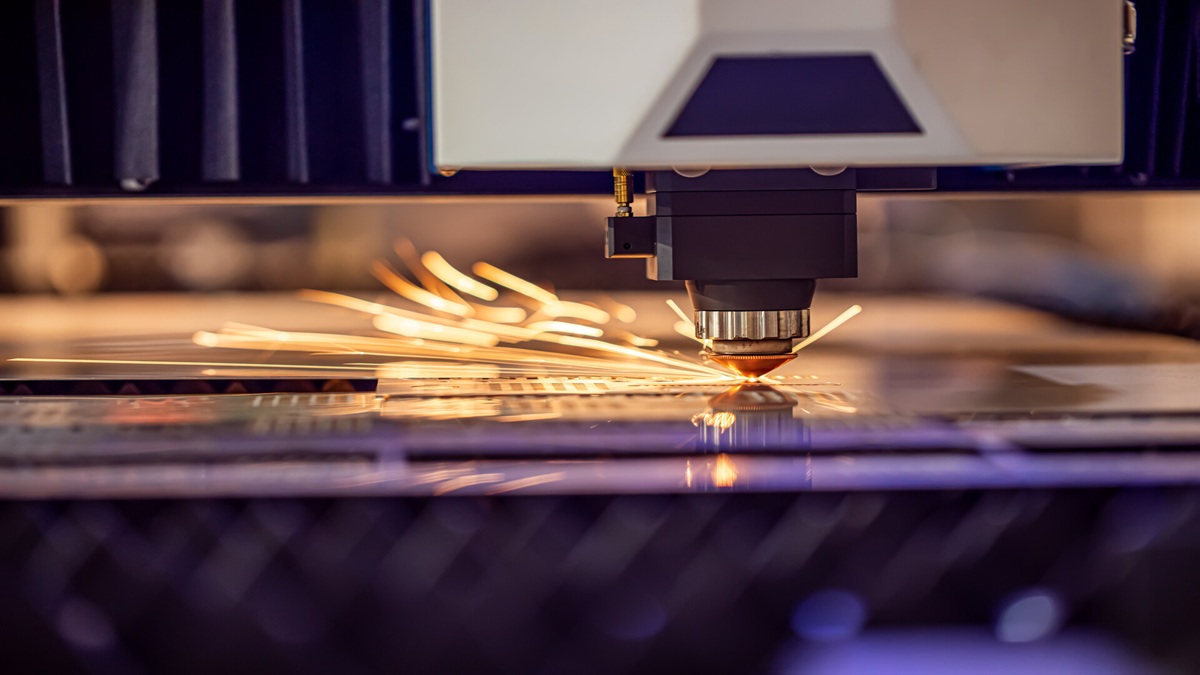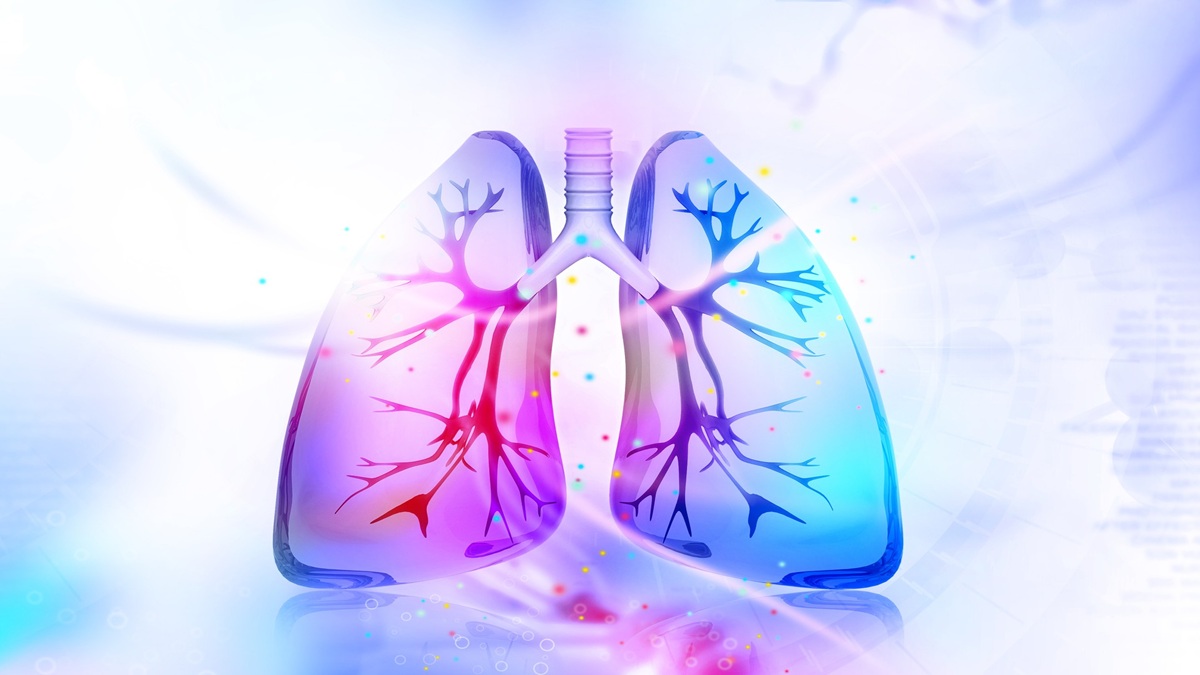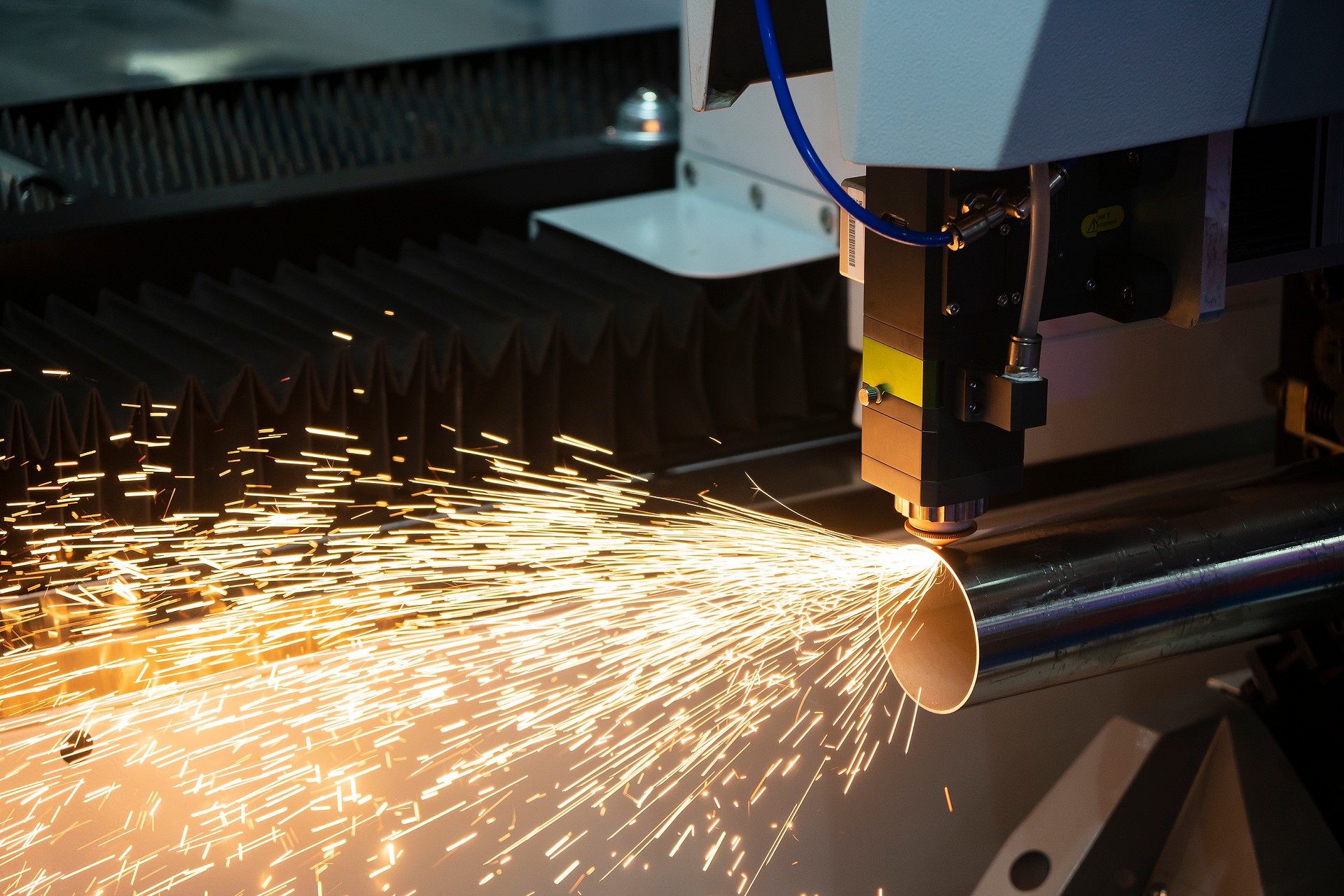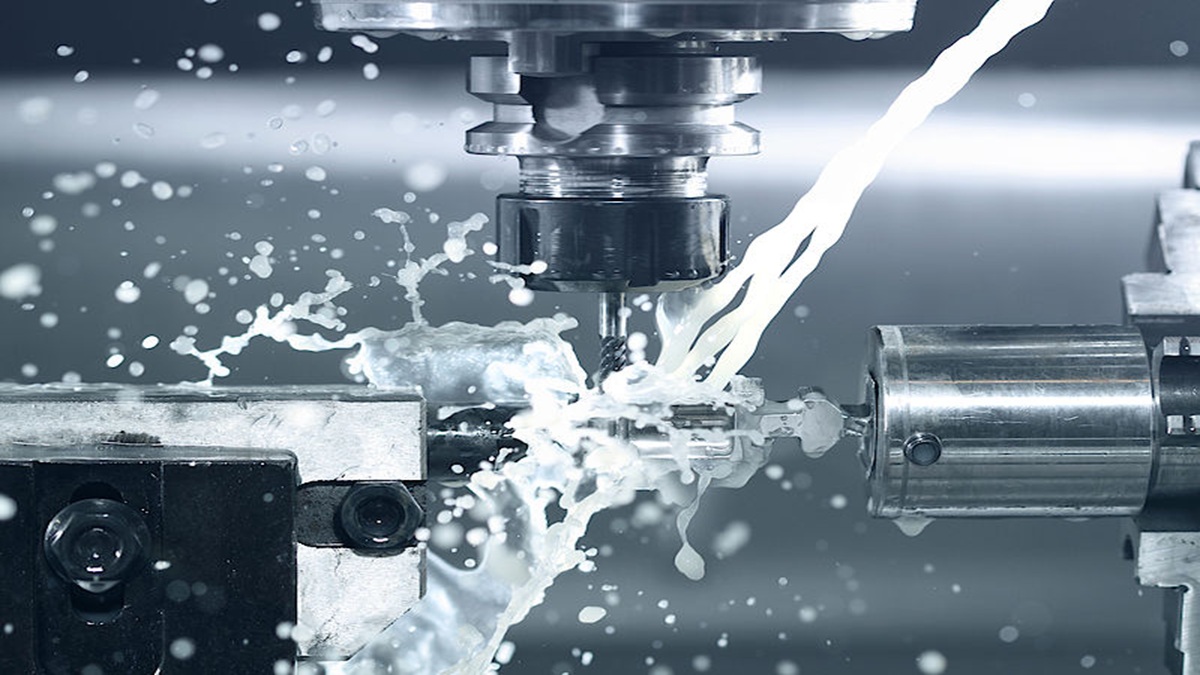The cleanliness of food, defined as the hygienic state of food surfaces and production environments, is crucial for consumer health. The World Health Organization (WHO) reports that globally, approximately 600 million people fall ill each year from consuming contaminated food, leading to about 420,000 deaths.
Unsafe food containing harmful bacteria, viruses, or chemical substances can cause more than 200 different diseases, ranging from diarrhea and vomiting to chronic liver and kidney conditions, and even cancer. The consequences are extremely serious. Therefore, maintaining a high level of hygiene for ingredients and food processing environments is an absolute necessity for safeguarding health.
Major Sources of Food Contamination and Health Threats
The Risk of Microbial Contamination
Food contamination sources are extensive, including pathogenic microorganisms and various chemical toxins. Common foodborne pathogens such as Salmonella, Campylobacter, and E. coli O157:H7 infect millions annually, with some cases resulting in fatal outcomes.
Infection from these bacteria can cause symptoms like fever, nausea, and abdominal pain. In severe cases, it can lead to dehydration or multi-organ damage. Additionally, viruses (such as Norovirus and Hepatitis viruses) and parasites (like Giardia) are also significant factors in causing foodborne illnesses, often found in inadequately washed fresh foods.
The Dangers of Chemical Residues
Chemical contamination is another hidden risk. Chemical substances like pesticide residues, heavy metals, and environmental pollutants can enter the human body through food, potentially causing acute poisoning or long-term chronic diseases. The WHO notes that chemical contamination can lead to long-term chronic illnesses such as cancer.
Studies show that over 300,000 people die from pesticide poisoning globally each year. Even low-dose residues, if accumulated over time, can increase the risk of chronic diseases. In agricultural practices, spraying crops with pesticides is nearly a standard procedure. If local food companies cannot strictly remove these residues, their products may fail inspections, affecting brand reputation and market access.
Cleanliness and Health: The Benefits of Washing
Improving food cleanliness directly lowers these health risks. Thorough washing can remove residual dirt, impurities, attached microorganisms, and surface pesticides, reducing a consumer's exposure to contaminants. The WHO emphasizes that access to safe and uncontaminated nutritious food is key to maintaining health. Companies that adopt rigorous cleaning processes can effectively ensure consumer safety, avoiding the medical costs and loss of credibility associated with food poisoning incidents.
Common cleaning methods at home or in factories include rinsing with running tap water or soaking. Research indicates that simply soaking and rinsing with tap water can remove about 10% to 60% of pesticide residues from the surface of fruits and vegetables. Using a small amount of household detergent or diluted vinegar water can further enhance the cleaning effect.
However, traditional cleaning methods have limited effectiveness against stubborn dirt or contaminants hidden in microscopic pores, sometimes failing to completely eliminate hidden germs or residual toxins. For large-scale food processing or catering businesses, more efficient and thorough cleaning solutions are essential.
Advanced Cleaning Technology: The Application of Ultrasonic Waves
In recent years, ultrasonic cleaning technology has found widespread application in food hygiene. Ultrasonic cleaners use high-frequency vibrations to create a cavitation effect in liquid, forming tiny bubbles. When these bubbles collapse, they release immense energy that can dislodge and strip away dirt and residues from food surfaces.
This non-contact cleaning method can penetrate the pores of fruits and vegetables and the crevices of utensils, often proving more thorough than manual scrubbing or simple rinsing. It also does not require the use of any harmful chemical detergents, making it safe and eco-friendly.
Research confirms that ultrasonic cleaning is highly effective at removing pesticide residues. In an experiment, washing grape leaves with ultrasonic waves at a frequency of 37 kHz for 10 minutes removed approximately 57% of pesticide residues (e.g., acephate 54.8%, cyfluthrin 58.2%, and imidacloprid 54.6%).
In contrast, the removal rate from traditional rinsing was significantly lower. Other studies show that combining ultrasonic technology with ozone can further improve cleaning efficiency: in a 20-minute experimental setting, the degradation rate of various pesticides on strawberries reached 85%.
This means that modern businesses can utilize customized ultrasonic cleaning equipment to significantly reduce pathogen and contaminant residues on food, allowing products to achieve a higher standard of hygiene before entering the manufacturing and packaging process.
As consumers become more aware of food safety, guaranteeing food cleanliness has become a key factor in international market competition. Every step, from the farm to the table, must not be overlooked, as it concerns not only human health but also a brand's competitive edge in the market.



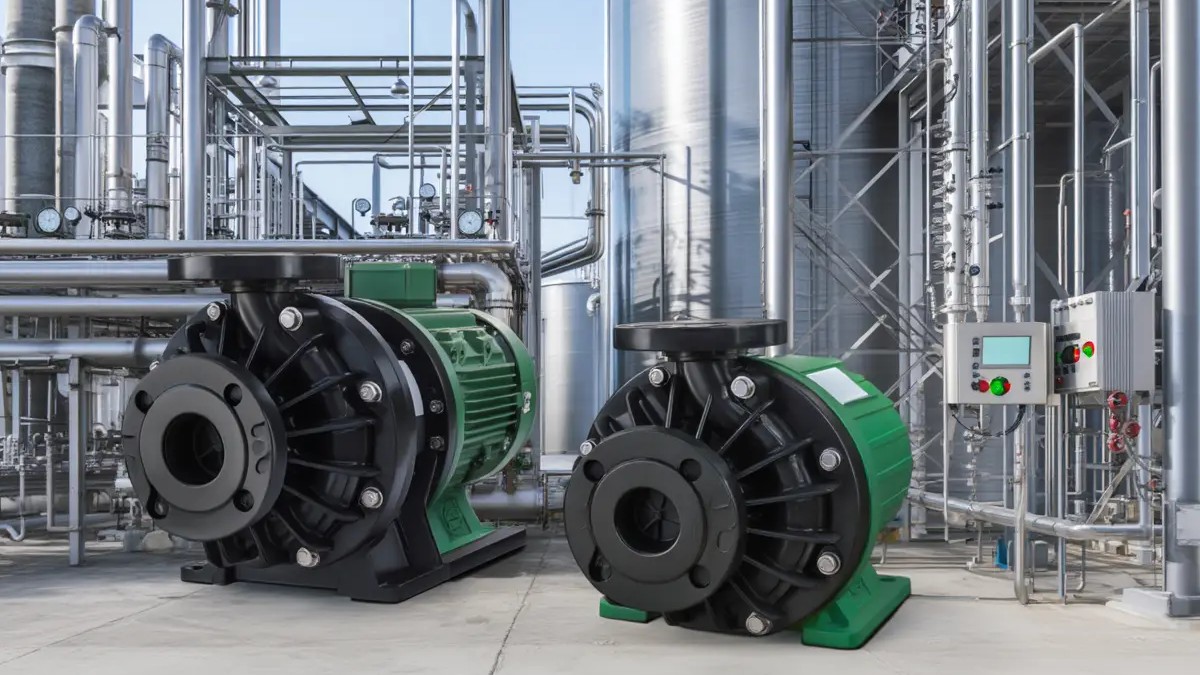
.png)
